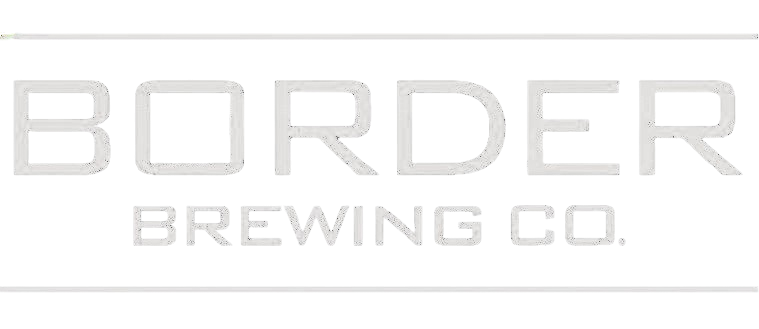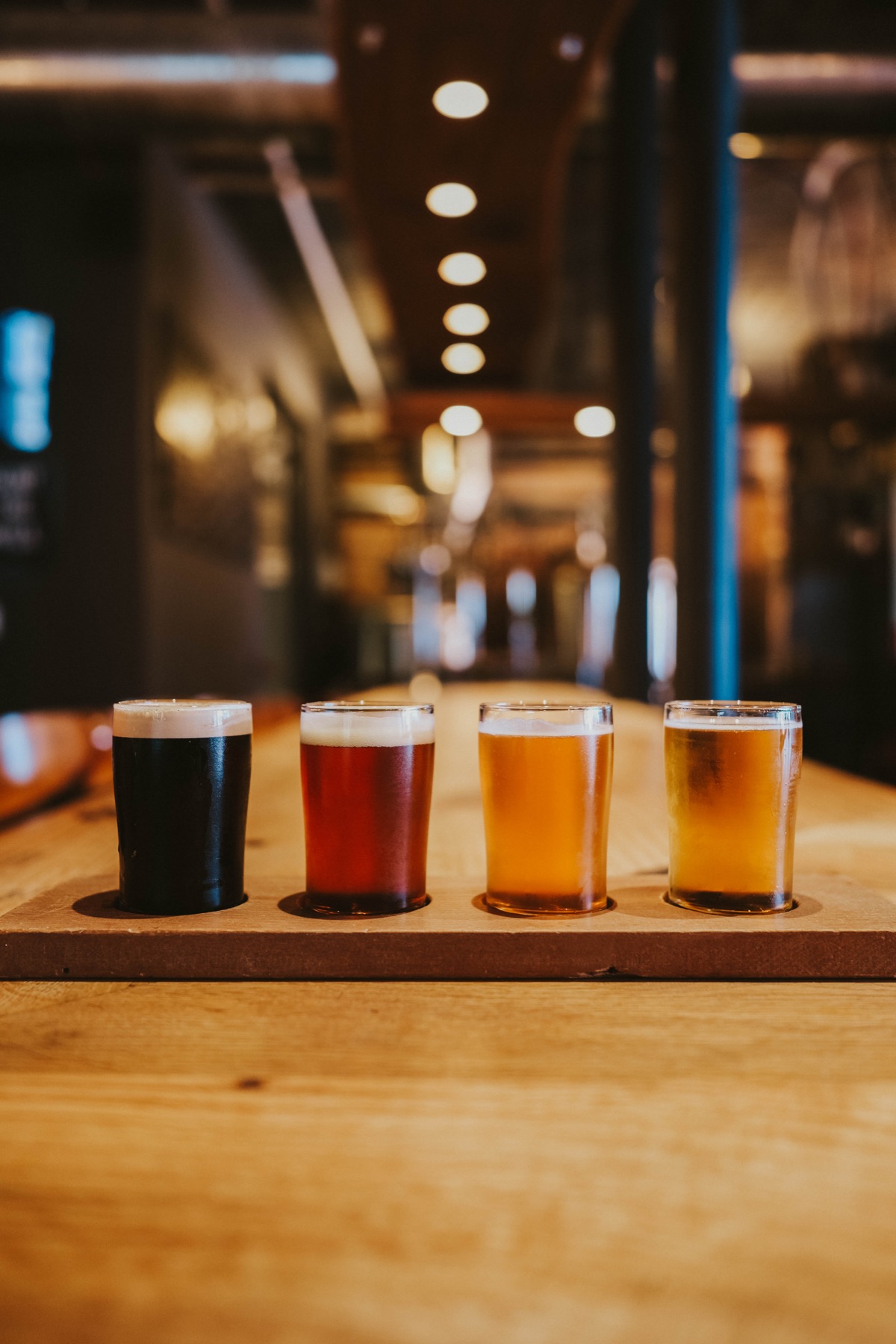When it comes to craft beer, few distinctions are as fundamental, and as misunderstood, as the difference between ales and lagers. At first glance, they might look similar in your pint glass, but these two categories of beer are completely different when it comes to how they’re brewed, their flavor profiles, and even the yeast strains that make them possible.
As a chemical engineer turned commercial brewer at Border Brewing Company in Kansas City, I’m often asked:
“What’s the difference between an ale and a lager?”
“Does it really matter to me as a beer drinker?”
“Why should I care?“
The short answer? Absolutely. Yeast is the heart of brewing and has a huge impact on the way your beer tastes, smells, and feels. Understanding ale vs. lager yeast will help you navigate a beer menu like a pro and appreciate each style on a whole new level.
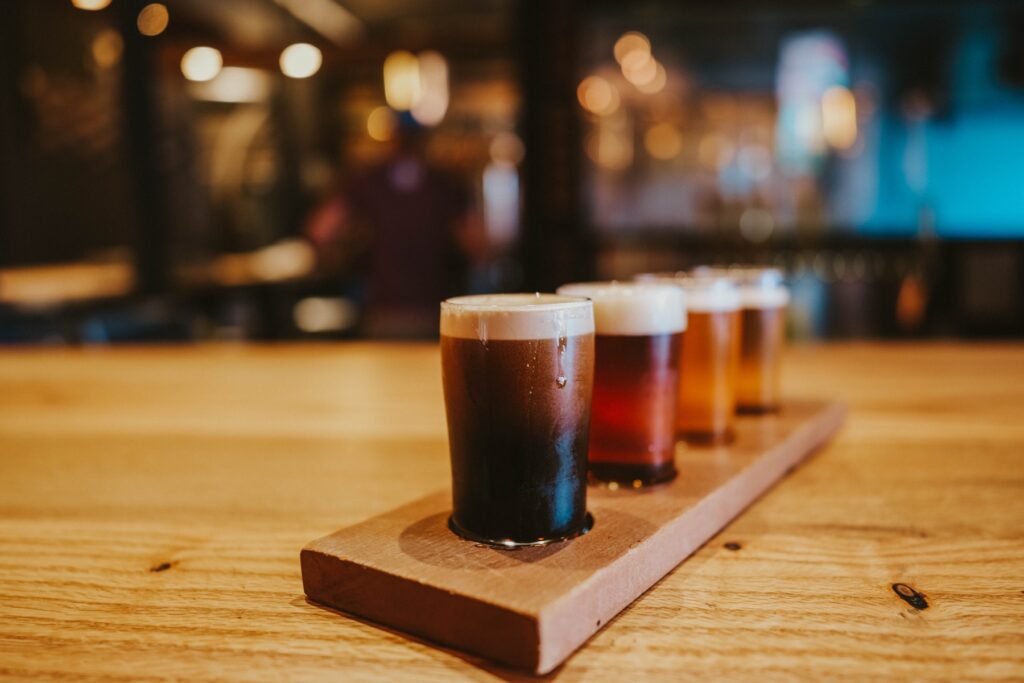
A Brief History: Ales and Lagers Through Time
Historically, ales are the oldest form of beer. Humans have been brewing ale for thousands of years because ale yeast thrives at ambient temperatures, making it perfect for early civilizations without refrigeration. Ancient Mesopotamians, Egyptians, and Europeans all brewed beers that would be classified as ales today.
Lagers, by contrast, are a relatively modern style. They originated in central Europe, particularly Bavaria, in the 15th and 16th centuries, when brewers discovered that storing beer (“lagering”) in cool caves led to a cleaner, crisper final product. Over time, they identified yeast strains that preferred cooler fermentation temperatures, which became known as lager yeast.
Today, both styles dominate the beer world, but their origins and brewing conditions remain key to understanding their differences.
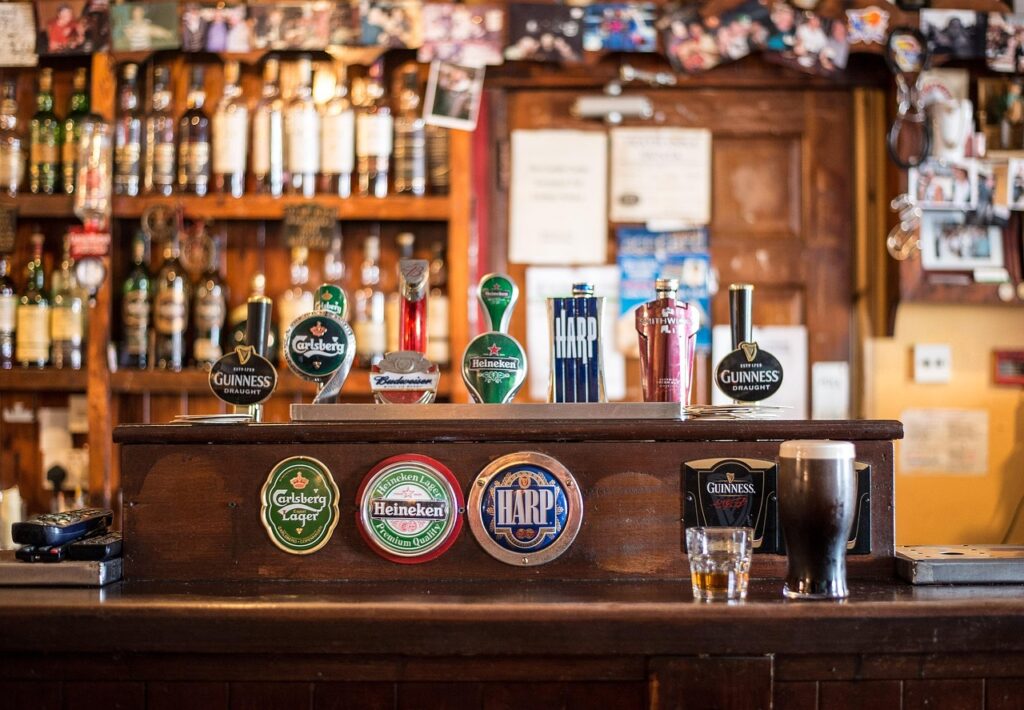
The Yeast Factor: Top vs. Bottom Fermentation
The single biggest factor separating ales and lagers is the yeast strain used and the fermentation temperature at which it thrives.
- Ale yeast (Saccharomyces cerevisiae):
- Known as top-fermenting yeast because it rises to the surface during fermentation.
- Prefers warmer fermentation temperatures, usually between 60–70°F (15–21°C), and ferments quickly.
- Produces esters and phenols—flavor byproducts that create fruity, spicy, and often more complex flavor notes.
- Found in styles like IPAs, stouts, porters, Belgian ales, and brown ales.
- Lager yeast (Saccharomyces pastorianus):
- Known as bottom-fermenting yeast because it settles at the bottom of the fermenter.
- Ferments at cooler temperatures, typically 45–55°F (7–13°C), and takes longer to finish.
- Produces fewer byproducts, resulting in a clean, crisp taste with a lighter malt and hop profile.
- Found in styles like pilsners, Helles, bocks, and Vienna lagers.
This yeast-driven difference is why ales vs. lagers have such distinct personalities.
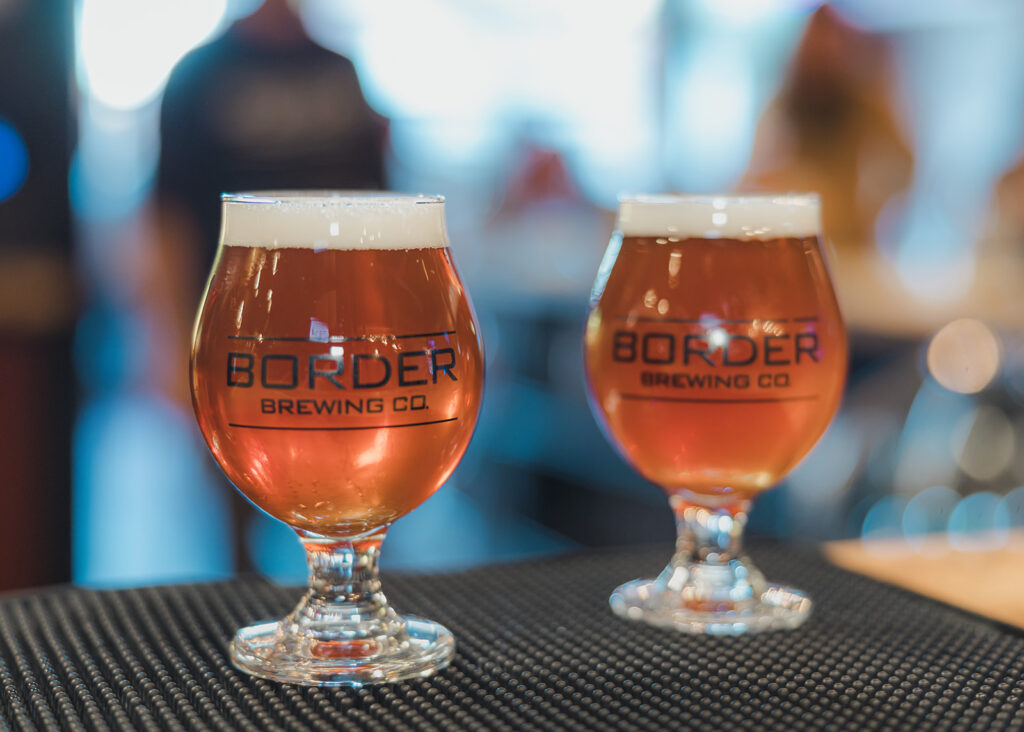
Flavor Differences: What Your Palate Will Notice
Because of the way yeast behaves, ales and lagers have naturally different flavor profiles.
- Lagers:
- Known for being smooth, light, and refreshing.
- Subtle malt sweetness, mild hop bitterness, and a clean finish make them approachable to almost any beer drinker.
- Perfect for hot weather or easy-drinking occasions.
- Examples: Helles, Pilsner, American Light Lager, Märzen.
- Ales:
- Offer more bold and expressive flavors.
- Fruity esters (think banana, pear, or apple) and spicy phenols (clove, pepper, or bubblegum in some Belgian styles) are common.
- Can range from light and zesty (like a pale ale) to dark and robust (like a stout or porter).
- Examples: IPA, Brown Ale, Porter, Belgian Tripel, Wheat Beer.

Fermentation Science: CO₂ and Yeast Behavior
Fermentation isn’t just about alcohol and flavor. The way yeast moves during fermentation affects clarity, carbonation, and mouthfeel.
- Ale yeast is highly active, generating more CO₂ and rising to the top of the fermenter, hence the term top-fermenting. This activity can create a thicker krausen (foam) during fermentation.
- Lager yeast is slower and tends to settle at the bottom. This less vigorous activity creates a cleaner finish and fewer volatile compounds, which is why lagers often taste smoother and have brilliant clarity.
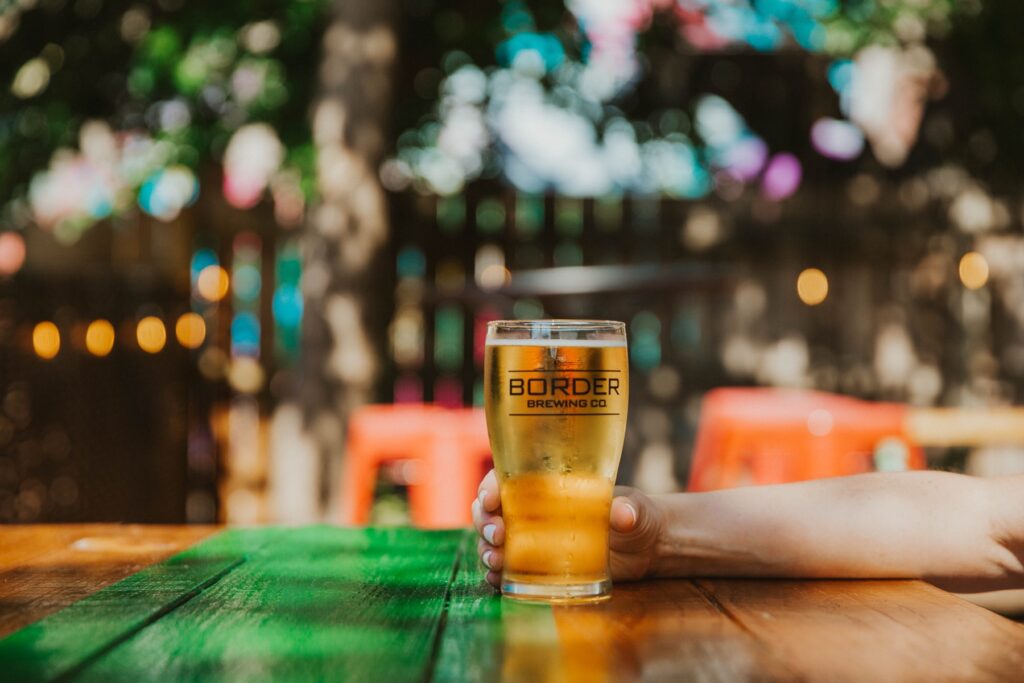
Which Beer Should You Choose?
When you’re exploring the beer menu at Border Brewing Company in Kansas City, understanding the role of yeast can help guide your decision:
- Craving something crisp and refreshing? A lager is your best bet.
- Looking for bold, complex, and flavorful? Reach for an ale.
At Border Brewing Company, we proudly craft both styles using carefully selected yeast strains that highlight each beer’s intended character. Whether it’s a hop-forward IPA, a malty brown ale, or a bright, clean pilsner, the yeast is working behind the scenes to bring balance and personality to every pint.

Why This Matters for Kansas City Craft Beer Fans
Kansas City has a thriving craft beer scene, and understanding the difference between ales and lagers makes exploring it more rewarding. When you visit local breweries (including ours!), you’ll start noticing patterns:
- Why some beers feel heavier or more aromatic.
- Why some beers are better for sipping slowly, while others are designed for all-day enjoyment.
Plus, the more you know about beer fermentation science, the easier it is to discover new favorites.
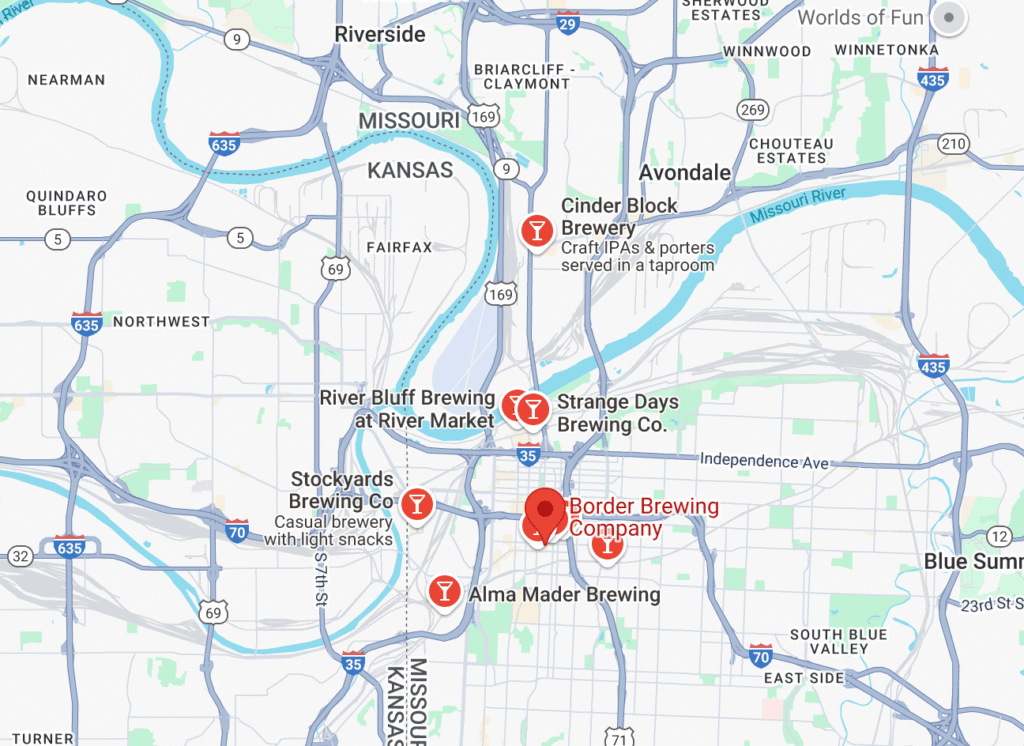
Visit Border Brewing to Taste the Difference
We invite you to visit our Kansas City taproom and try the difference yourself. Ask our team about our yeast choices and how they shape each beer. You can also find Border Brewing beers at local bars, restaurants, and bottle shops across Kansas City.
Our lineup changes often, so check out our Beer Menu and Events pages to see what’s on tap next. Whether you’re an ale lover or a lager fan, we’ve got something to satisfy your taste buds.
